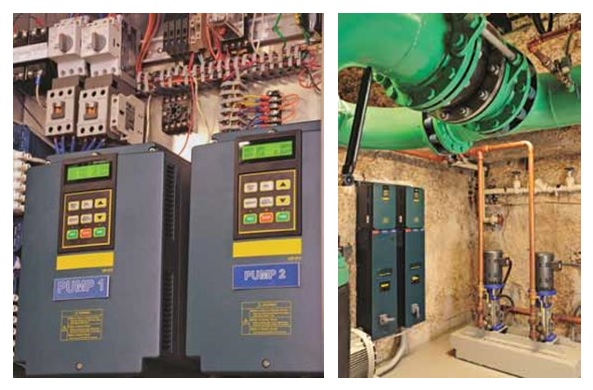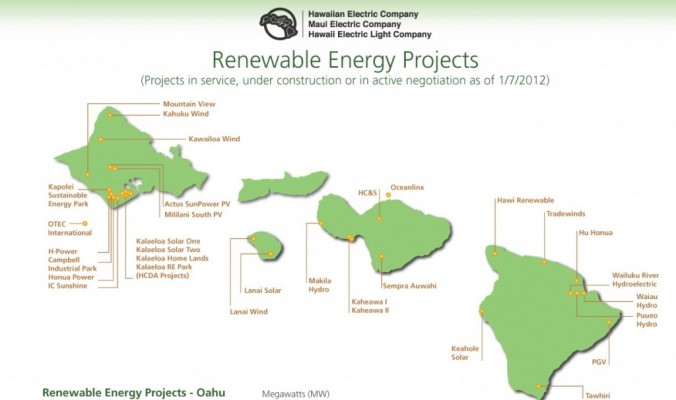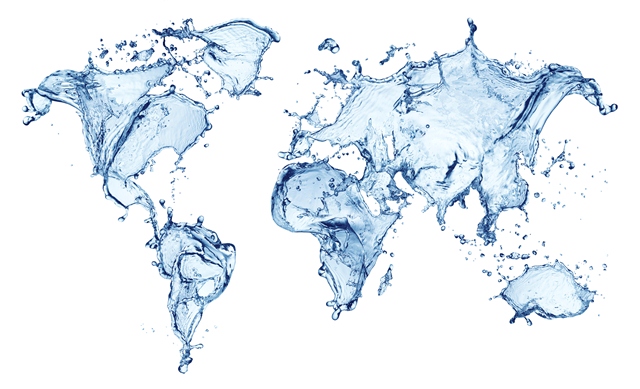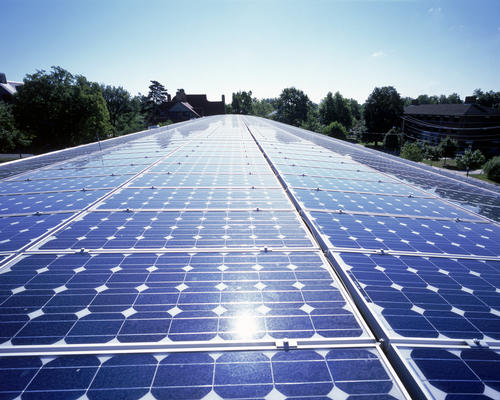The way that drinking water and wastewater systems pay for energy improvements in the United States is changing – including for small drinking water systems (serving 10,000 or fewer people). As has often been mentioned on the EFC’s blog, the days of huge federal grants for construction of water and wastewater systems are long past. Since an energy improvement is a kind of capital improvement, there are many ways to pay for such projects: cash savings (e.g. through a utility’s capital improvement fund); loans (state revolving fund loans or bank loans); issuing bonds (if you are a local government entity); internal energy revolving funds; and more. But coming up with the initial capital through one of the aforementioned means can be challenging.







